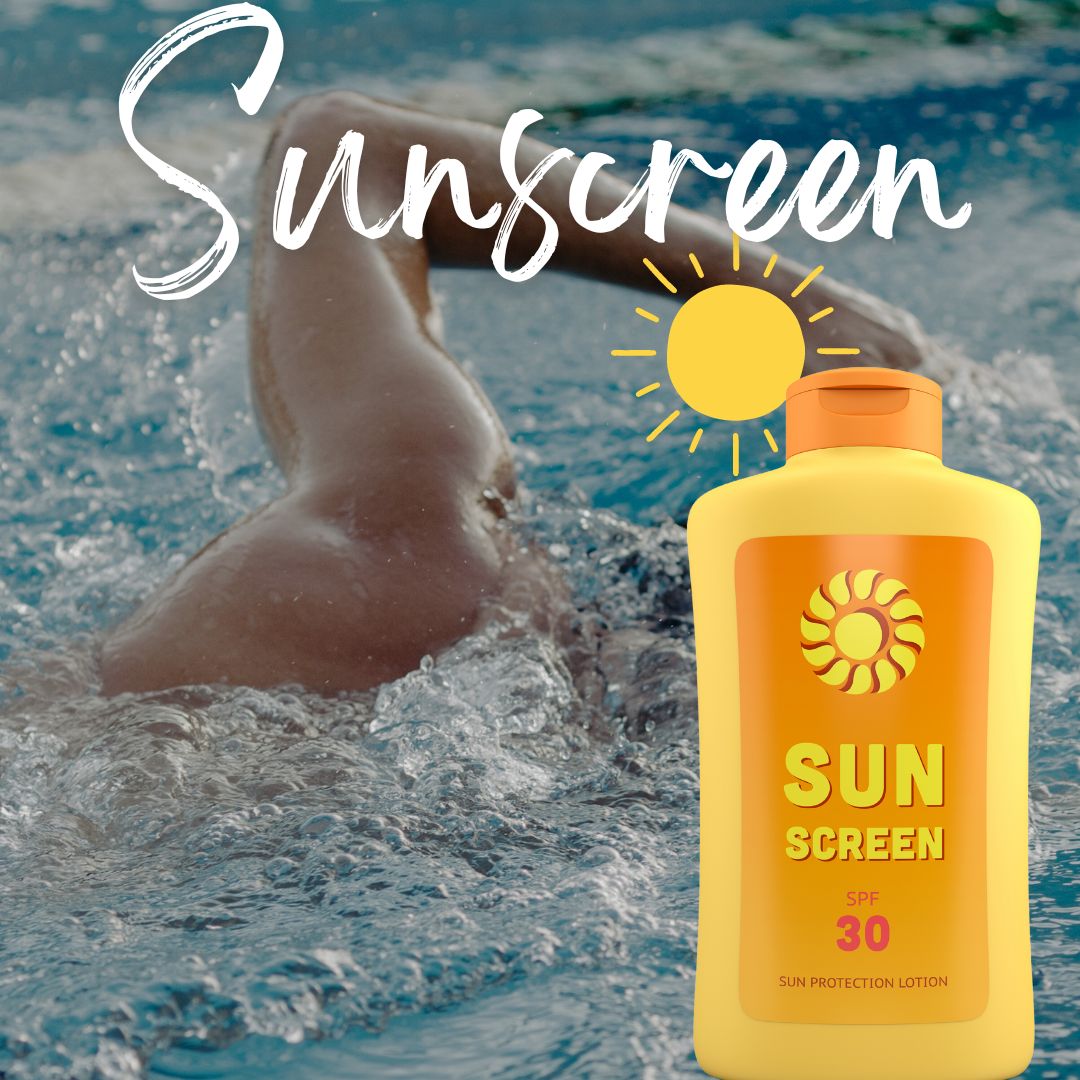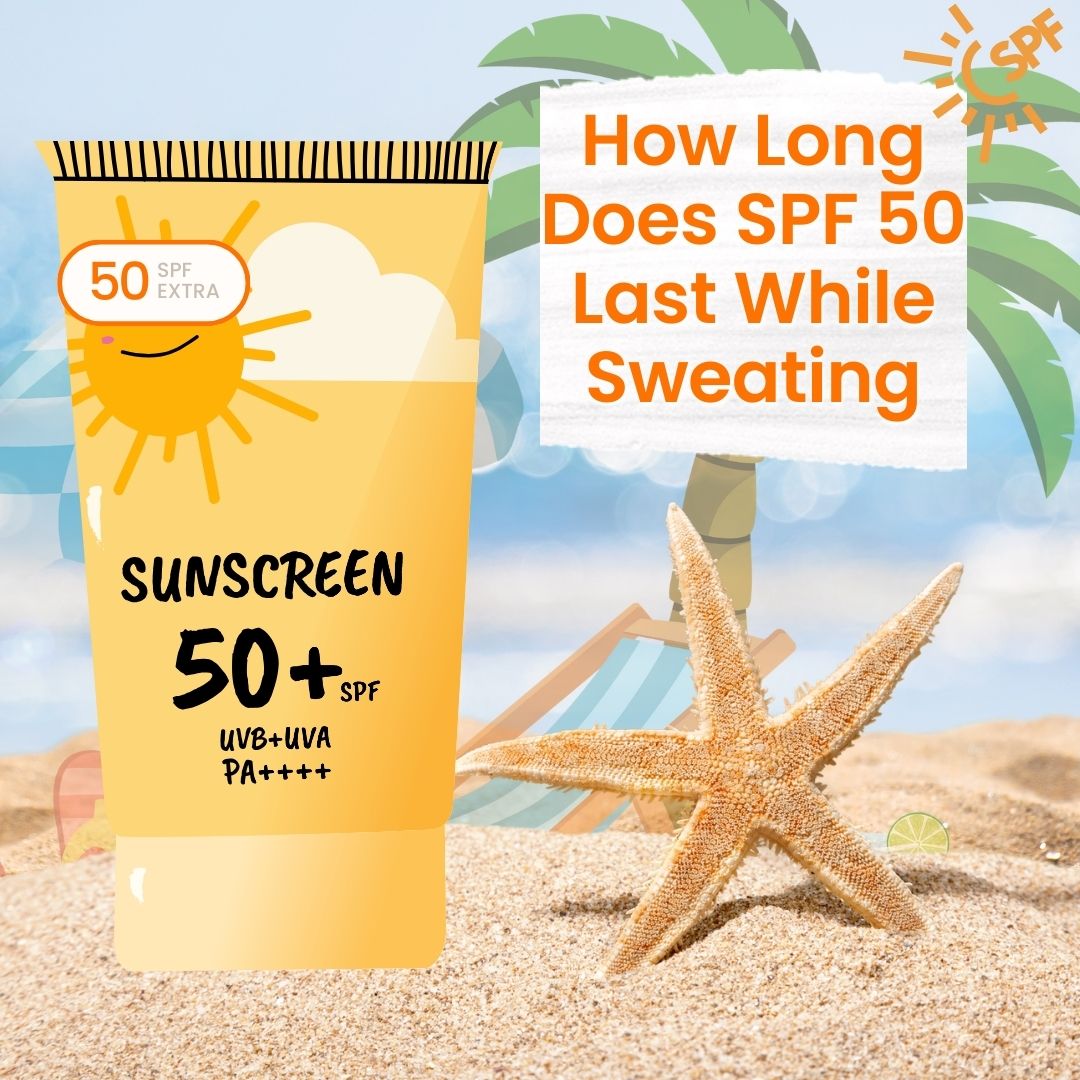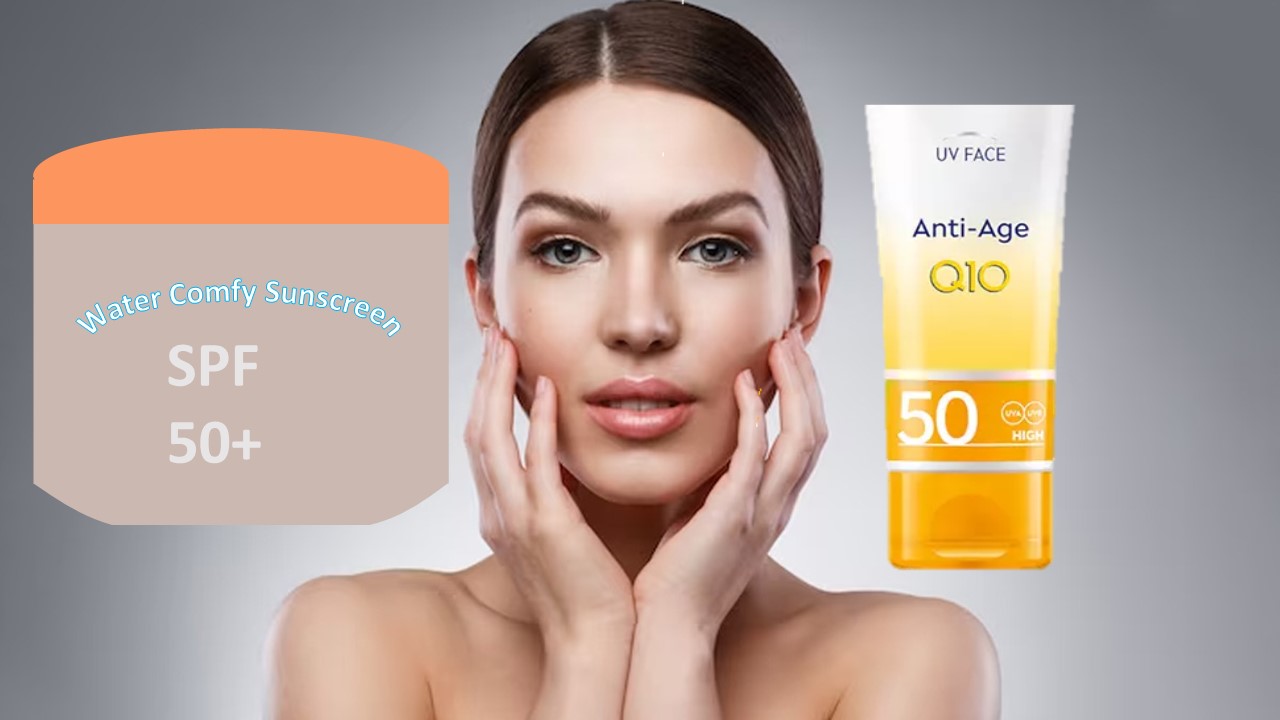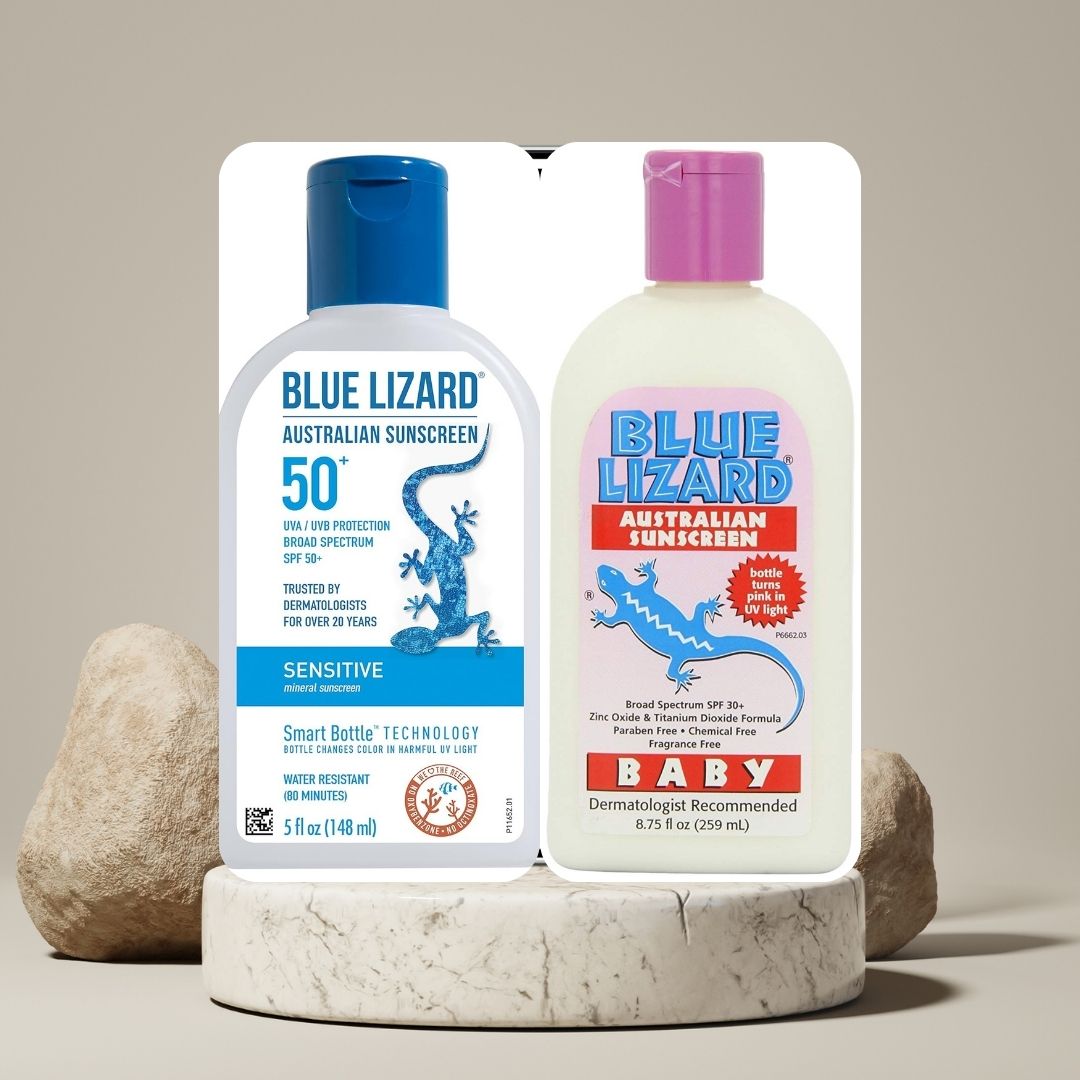Does Layering Sunscreen Increase SPF
Does layering sunscreen increase SPF? Well, if it did, we’d all be walking around with SPF levels that could rival a superhero’s shield! Unfortunately, the truth is a bit more nuanced: layering sunscreen doesn’t actually multiply the SPF; it just helps ensure you’re adequately protected.
The reason behind this is that SPF (Sun Protection Factor) measures the level of protection against UVB rays, and simply applying more layers doesn’t change the fundamental effectiveness of the product.
Instead, it’s crucial to apply a sufficient amount of sunscreen in the first place—about a shot glass worth for your entire body—and to reapply it every two hours, especially after swimming or sweating. Layering can help with even coverage, but it won’t boost the SPF beyond what’s indicated on the label.
Does Layering Sunscreen Increase SPF
The short answer is: no, layering sunscreen does not increase SPF. The reason layering sunscreen doesn’t boost SPF is because the SPF value is a measure of how long the sunscreen can protect your skin from UVB rays.
Once you’ve applied a sufficient amount, adding more won’t extend that protection time. However, reapplying sunscreen every two hours is crucial to maintain its effectiveness.
Understanding SPF: What It Means and How It Works
What is SPF?
SPF, or Sun Protection Factor, is a measure of how long a sunscreen can protect your skin from sunburn caused by UVB rays, the type of ultraviolet radiation that causes sunburn and contributes to skin cancer.
The SPF number indicates how much longer it would take for UVB rays to redden your skin when using the product compared to how long it would take without protection. A higher SPF number indicates longer protection.
How is SPF Calculated?
SPF is determined by comparing the amount of time it takes for a person’s skin to redden without sunscreen to the amount of time it takes with sunscreen. The SPF number represents the multiple by which sunscreen extends protection time.
For example, an SPF 50 means you can stay in the sun 50 times longer before getting sunburned compared to using no sunscreen.
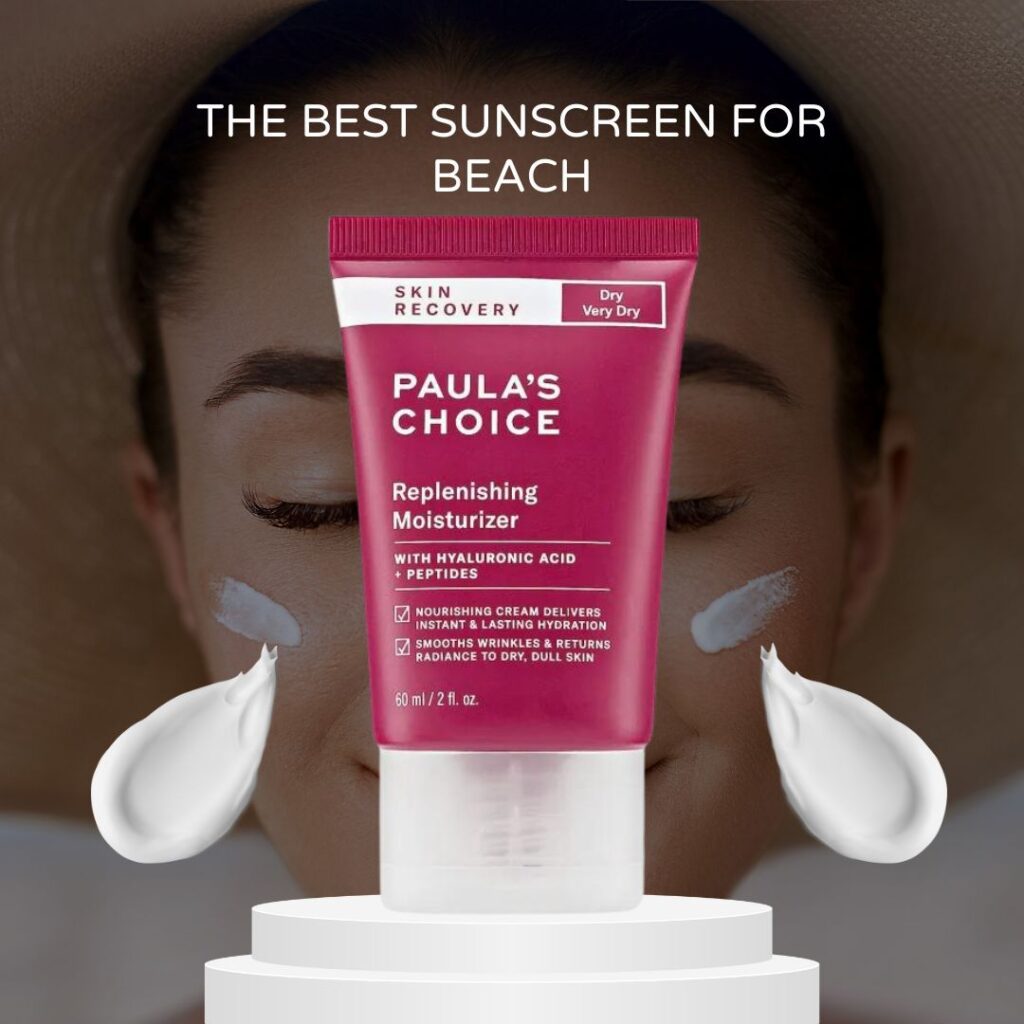
What Does SPF Protect Against?
SPF primarily protects against UVB rays. These rays are shorter wavelengths that penetrate the skin’s outer layer and can cause sunburns. However, it’s important to note that while SPF can help prevent sunburn, it doesn’t offer complete protection against UVA rays.
UVA rays have longer wavelengths that can penetrate deeper into the skin, causing premature aging and contributing to skin cancer.
Therefore, while SPF is a valuable tool, it’s essential to use sunscreen with broad-spectrum protection that shields against both UVB and UVA rays.
Types of UV Rays
Ultraviolet (UV) rays from the sun are a form of electromagnetic radiation that can have both beneficial and harmful effects on the skin. There are three main types of UV rays, each with different properties and effects:
1. UVA Rays
Wavelength: Longest (315-400 nm)
Penetration: Penetrates deep into the skin, reaching the dermis.
Effects: UVA rays are primarily responsible for skin aging, including the formation of wrinkles, fine lines, and age spots. They can also contribute to the development of skin cancer. Unlike UVB rays, UVA rays are present with relatively equal intensity throughout the day and can penetrate through clouds and glass. This is why it’s essential to protect your skin even when you’re indoors or during cloudy weather.
2. UVB Rays
Wavelength: Medium (280-315 nm)
Penetration: Affects the outer layer of the skin (epidermis).
Effects: UVB rays are the main cause of sunburn and are closely linked to skin cancer, including melanoma, the most dangerous form of skin cancer. UVB rays are stronger during the midday hours and in higher altitudes or near reflective surfaces like water and snow. Unlike UVA rays, UVB rays do not penetrate glass, but they can cause immediate damage to the skin, making them the primary target of SPF (Sun Protection Factor) in sunscreens.
3. UVC Rays
Wavelength: Shortest (100-280 nm)
Penetration: Completely absorbed by the Earth’s atmosphere and does not reach the ground.
Effects: UVC rays are the most dangerous type of UV radiation, but fortunately, they are blocked by the ozone layer and do not pose a risk to our skin under normal environmental conditions. However, UVC rays can be generated artificially by certain sources like welding torches or mercury lamps, and exposure to these can be harmful.
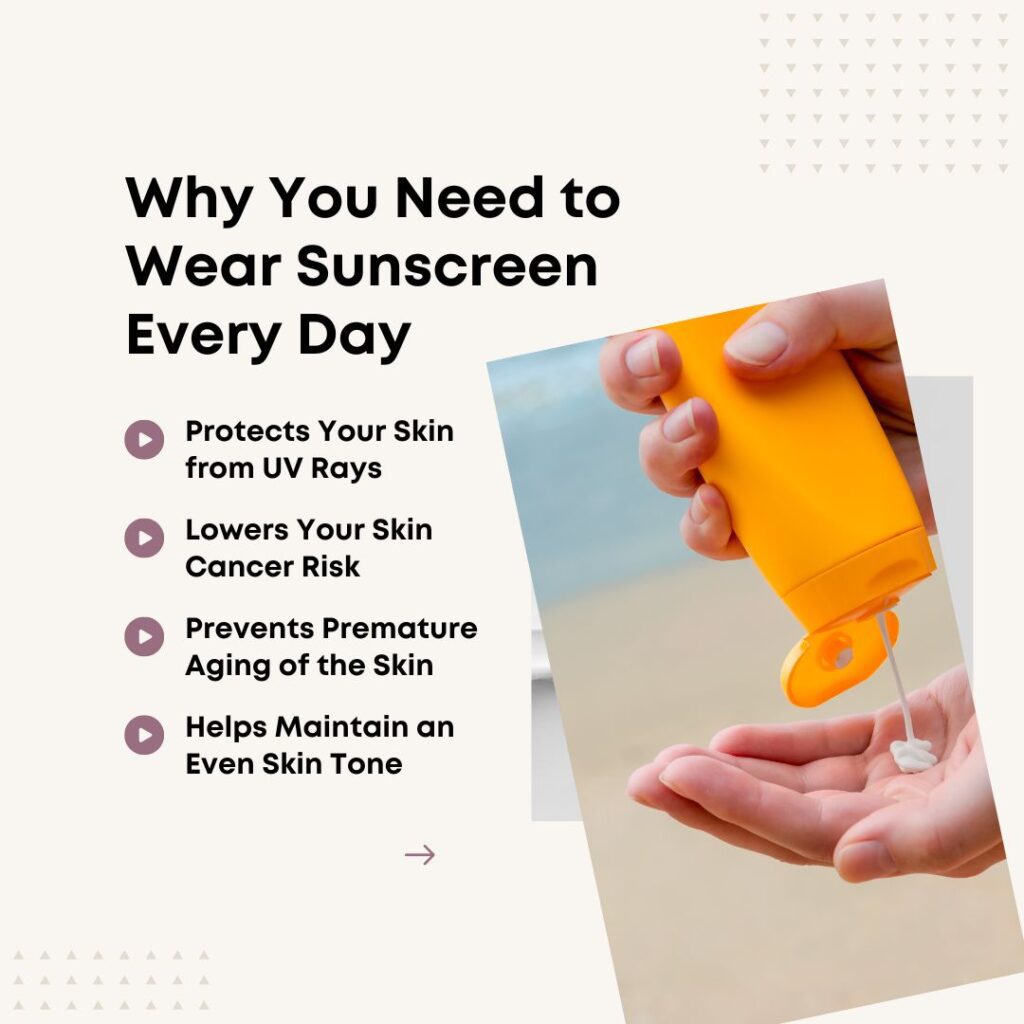
Layering Sunscreen: Myths vs. Facts
Myth: Layering sunscreens with different SPFs adds up
One common misconception is that applying multiple layers of sunscreen with different SPFs will result in a higher overall SPF. For example, people might believe that layering SPF 30 and SPF 15 sunscreen will provide protection equivalent to SPF 45. However, this is not how SPF works.
Fact: Layering doesn’t increase SPF
While layering sunscreen can provide better coverage and reduce the risk of missing spots, it doesn’t increase the SPF value. The SPF rating indicates the level of protection against UVB rays, and once you’ve applied a sufficient amount of sunscreen, adding more won’t extend that protection time.
SPF is not cumulative, and applying two different SPFs doesn’t combine them into a single, stronger SPF. The scientific explanation behind this is straightforward: SPF measures the level of protection a sunscreen provides against UVB rays.
The SPF number shows how much longer your skin can be exposed to UVB rays without burning compared to unprotected skin. When you layer two sunscreens with different SPFs, your skin is only protected at the level of the highest SPF applied. So, if you layer SPF 30 over SPF 15, your protection is still SPF 30, not 45.
What sunscreen layering can do, however, is help achieve more even coverage. It reduces the risk of missing spots, which can happen when you apply just one layer.
By layering, you ensure that more of your skin is covered adequately, which is especially important if your initial application was too thin or uneven. While layering doesn’t increase the SPF, it does enhance your overall protection by minimizing the areas that might be exposed to harmful UV rays.
Factors Affecting Sunscreen Effectiveness
Two main factors affect sunscreen effectiveness. These factors are:
1. Environmental Factors
- Time: The length of time you spend in the sun is a significant factor. Even with sunscreen, prolonged exposure can increase the risk of sunburn and skin damage.
- Sweat: Sweating can wash away sunscreen, reducing its effectiveness. Reapply sunscreen every two hours or more frequently if you’re sweating heavily.
- Water: Swimming or immersion in water can also remove sunscreen. Choose a water-resistant sunscreen and reapply it after swimming or towel-drying.
2. Individual Factors
- Skin type: People with fair skin are more susceptible to sunburn than those with darker skin tones. However, it’s essential for everyone to protect their skin from the sun’s harmful rays.
- Skin thickness: Thicker skin may offer some natural protection, but it’s still important to use sunscreen.
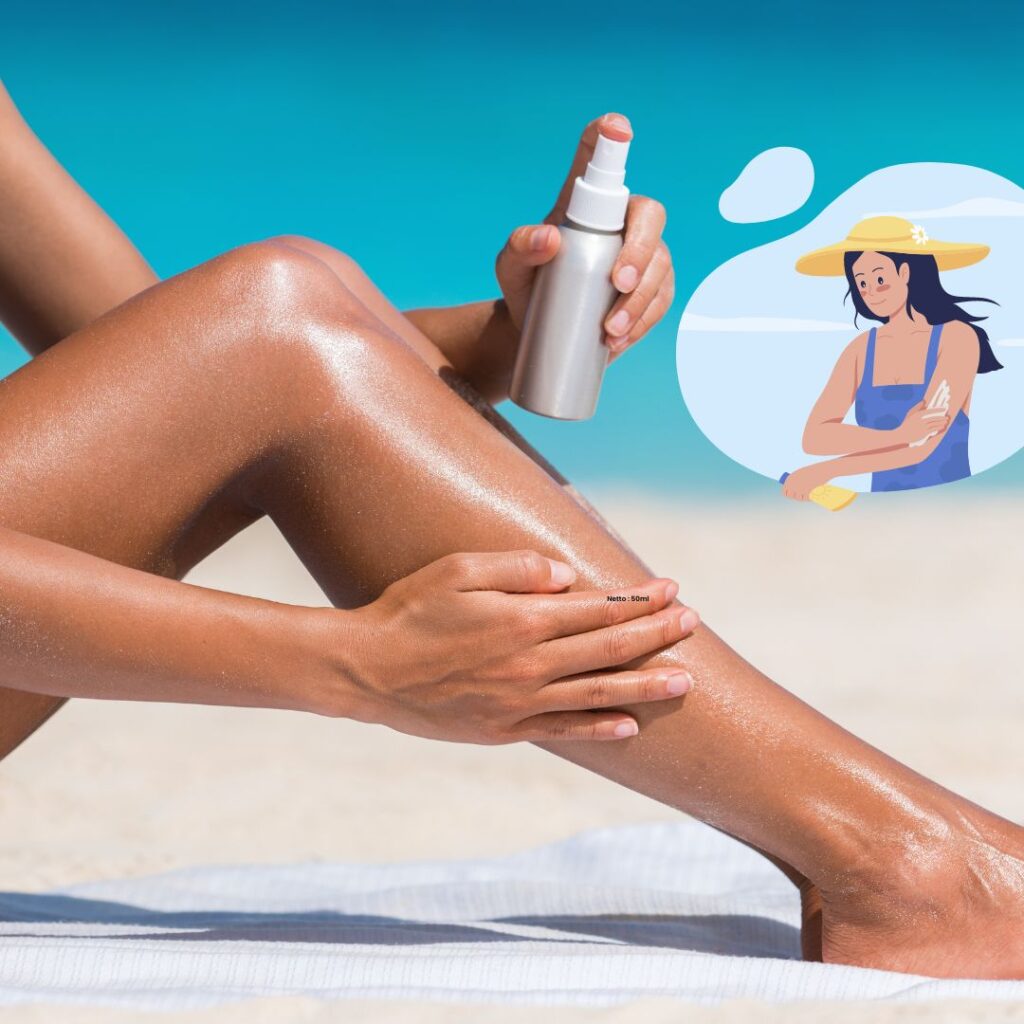
Best Practices for Sunscreen Application
To maximize the effectiveness of your sunscreen, follow these best practices:
- Apply Generously: Use enough sunscreen to cover all exposed skin. A good rule of thumb is about one ounce (a shot glass full) for your entire body. For the face, a nickel-sized amount is usually sufficient.
- Apply Before Going Outdoors: Apply sunscreen about 15-30 minutes before going outside to allow it to fully absorb into your skin. This is particularly important for chemical sunscreens, which need time to start working effectively.
- Reapply Regularly: Reapply sunscreen every two hours, and immediately after swimming, sweating, or towel drying. Even if you’re using a water-resistant formula, regular reapplication is crucial to maintaining protection.
- Don’t Forget Easy-to-Miss Areas: Make sure to apply sunscreen to often-overlooked spots like the ears, back of the neck, tops of the feet, and the back of your hands. These areas are frequently exposed to the sun but are easy to forget during application.
- Layer with Other Products: If you’re using other skincare or makeup products, apply sunscreen first, allowing it to fully absorb before layering anything else on top. If you’re reapplying sunscreen over makeup, consider using a sunscreen powder or spray to avoid disturbing your makeup.
Additional Sun Protection Measures
In addition to using sunscreen, there are several other steps you can take to protect your skin from the sun:
1. Seeking Shade
- Peak hours: Avoid spending prolonged periods in direct sunlight, especially during peak hours (typically between 10 AM and 4 PM).
- Natural shade: Seek shade under trees, umbrellas, or awnings whenever possible.
2. Wearing Protective Clothing
- Hats: Wear a wide-brimmed hat to protect your face, neck, and ears from the sun’s rays.
- Long-sleeved clothing: Consider wearing long-sleeved shirts and pants, especially on sunny days. Look for lightweight, breathable fabrics that can help keep you cool.
3. Use Sunglasses
Sunglasses are essential for the protection of your eyes and these are what to consider in sunglasses to use:
- UV protection: Ensure your sunglasses offer UV protection to safeguard your eyes and the delicate skin around them.
- Polarized lenses: Polarized lenses can reduce glare and improve vision in bright sunlight.
How to Choose the Right Sunscreen
When choosing a sunscreen, it’s essential to consider your skin type, preferences, and activities. Here’s a breakdown of the two main types of sunscreen and factors to look for:
Chemical vs. Physical Sunscreen
- Chemical sunscreen: Absorbs UV rays and converts them into heat, which is then dissipated by the body. They are generally lightweight and less greasy.
- Physical sunscreen: Reflects UV rays away from the skin. They tend to be thicker and more opaque, but they are often preferred by those with sensitive skin.
Ingredients to Look For in a Suscreen
- Broad-spectrum protection: Ensure the sunscreen protects against both UVA and UVB rays.
- SPF 30 or higher: A higher SPF offers greater protection.
- Water resistance: If you’ll be swimming or sweating, choose a water-resistant sunscreen. However, remember that no sunscreen is completely waterproof and reapplication is necessary.
- Mineral filters: Look for mineral filters like zinc oxide or titanium dioxide in physical sunscreens. These ingredients are generally considered gentler on the skin.
Other Considerations
- Skin type: If you have oily skin, consider a lightweight or gel-based sunscreen. For dry skin, a moisturizing formula might be more suitable.
- Fragrance: If you have sensitive skin, opt for a fragrance-free sunscreen.
- Expiration date: Check the expiration date and discard any expired sunscreen.
The Bottom Line on Does Layering Sunscreen Increase SPF
Does layering sunscreen increase SPF? No, layering sunscreen doesn’t increase SPF. Instead, it ensures you get even coverage, which is crucial for effective protection. So, the next time you wonder, “Does layering sunscreen increase SPF?”, remember that while it won’t double your SPF, it can help you avoid missing any spots, keeping your skin safer under the sun.
